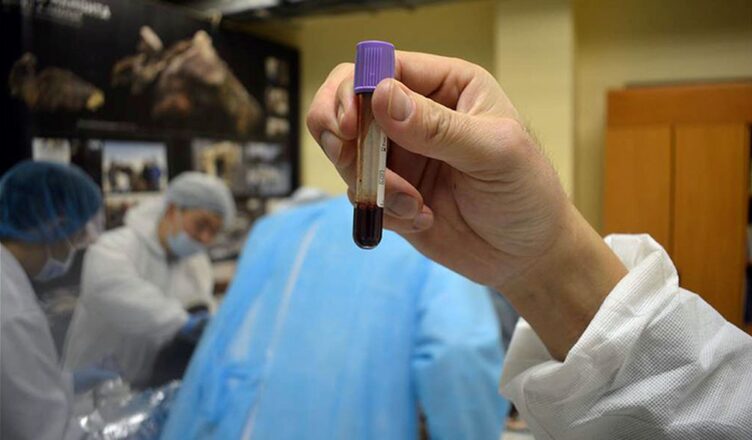The discovery of the nearly well-preserved remains of a 42,000-year-old foal during an excursion to the Baatagai crater in Siberia by a team of mammoth hunters has reignited hopes of obtaining usable genetic material from the long-extinct beast.
The tiny foal had all of its exterior characteristics, including its fur, tail, hooves, and head hair; thus, it was clear that it had not been injured. It was kept in pristine condition thanks to the permafrost that existed in the area, a natural phenomenon that has interested scientists for many years.

The North-Eastern Federal University in Russia and the BioTech Sooam research team in South Korea reportedly took blood and urine from the specimen. This paves the path for additional examination targeted at cloning the extinct Lena horse, a species closely linked to which it belongs. The Siberian Times reported this information.
In order to encourage the growth of the cells, the researchers will collect viable cells from the blood samples and grow them in the laboratory. This assignment is more difficult than it appears. According to a recent article published in the Siberian Times, the group conducted over 20 separate attempts over the course of the last month in an effort to develop cells from tissue taken from a foal. However, none of these attempts were successful. Lena Grigorieva, a researcher from Russia, stated that the scientists continue to have “positive feelings about the outcome.”
Grigorieva tells CNN’s Gianluca Mezzofiore that the fact that the horse still has hair makes it one of the best-preserved Ice Age animals ever discovered. She also says, “Now we can say what color the wool was of the extinct horses of the Pleistocene era.”
The body of the foal was a shade of bay, while its tail and mane were black. The young Lena horse, also known as a Lena foal, had just one to two weeks of life left when it met the same terrible end as many other entire creatures that had been frozen in permafrost for millennia. This horse was only one to two weeks old when it passed away.

The researchers took samples of the animal’s liquid blood from its heart vessels, which are estimated to be 42,000 years old (Semyon Grigoryev/North-Eastern Federal University).
Grigorieva notes that the foal most likely perished after getting caught in a “natural trap” consisting of muck that poured into the area where it was caught. According to an article written by Georgy Dvorsky for Gizmodo, the hair still contained components that had been maintained, which is evidence of both genetic variety and inbreeding.
According to the Siberian Times, the group that is researching the foal has also exceeded expectations about the cleaning of a woolly mammoth. This is an important fact to note. Because the primary blood cells… do not have nuclei with DNA, the blood from the foal is being hailed as being of “high quality for the purposes of cloning,” according to a researcher from Russia named Lena Grigoryeva.

He proceeded by saying, “We are trying to find intact cells in muscle tissue and internal organs that are also very well-preserved.”
What the Siberian Times does not discuss, however, are the numerous “ethical and technical” problems that are brought up by the idea of resurrecting extinct animals. Scientists have cited the “typical unbridled enthusiasm” seen in previous attempts at resurrection, such as the cloning of two similar-aged 40,000-year-old roundworms “devastated” by the Siberian permafrost, as an indication that the revival of ancient animals is becoming an increasingly realistic possibility. According to Dvorsky, this is one of the many concerns that scientists have.


